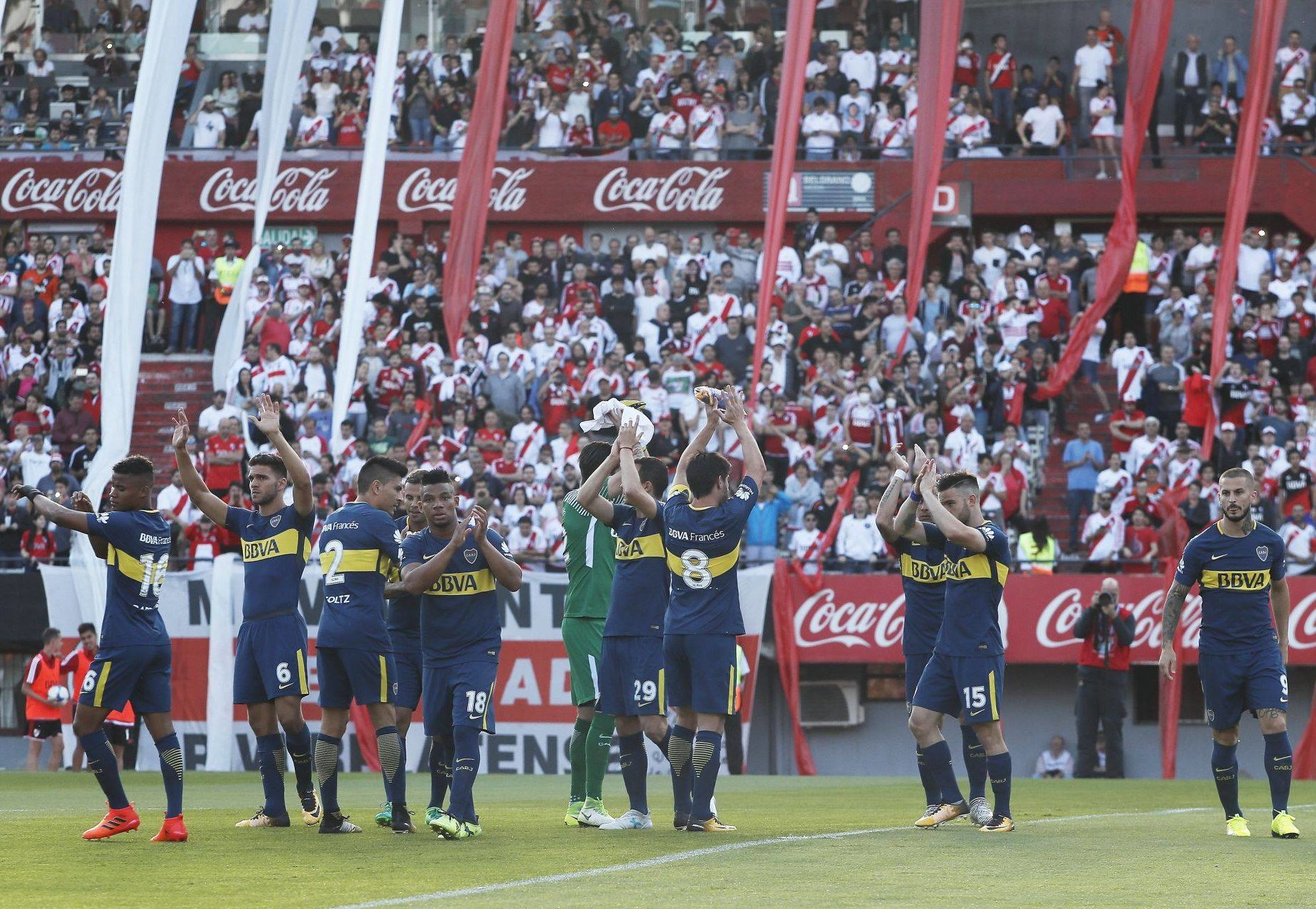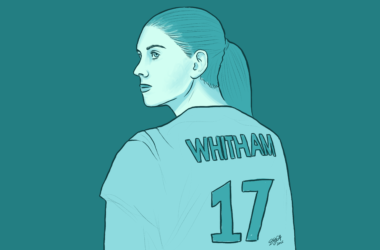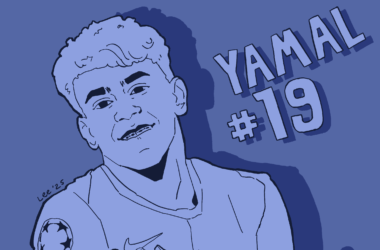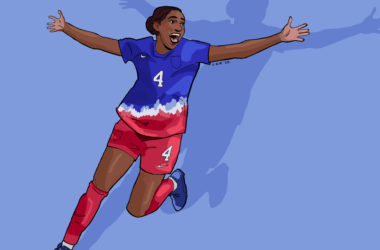Though casual football fans might not be aware, one of the biggest derbies on the planet is the Argentinian Primera División’s “Superclásico”: River Plate versus Boca Juniors. The two Buenos Aires clubs have had a fierce rivalry since 1913. Though they are now the two wealthiest clubs in Argentina, River is considered to be the rich person’s team, with the nickname “Los Millonarios,” while Boca is seen more as a blue collar club. Fueled by the demographic difference, the rivalry’s intensity boils over into violence between spectators from the two opposing sides. In 2013, the mounting tensions prompted the Argentinian Football Association to ban away supporters at all Argentinian football matches.
While in Buenos Aires, attending the Superclásico is a must for any football fan. A couple of friends and I bought tickets off an unauthorized dealer, since getting tickets directly from the club is impossible to do if you’re not a “socio”, a member of the club. On our way to El Monumental—River Plate’s stadium—we had to pass numerous checkpoints controlled by anti-riot police. Some were armed with rubber bullets, as though they were preparing for chaos. As we got closer to the stadium entrance, it became clear that they were armed for good reason: We saw some fans scale the fence, pass through barbed wire, and jump two stories to enter the stadium.
However, these shenanigans were nothing compared to the “Barra Brava”, a term used to describe the hooligans who form organized fan groups for teams in Latin America. They ran toward the entry, where the police stood guarding the stadium. The front line was hit by police batons, yet they still pushed toward the entrance. The police threw tear gas, but the “Barra Brava” did not stop, and continued pushing until the police relented. There was another turnstile just before entering the stadium, but they were able to jump over it without too much resistance: The mob had already faced the anti-riot police, making the turnstiles mere hurdles.
Inside the stadium, alongside the River Plate “Barra Brava”, I understood why excitement for the game was so intense: There were already fireworks and smoke grenades, people chanting at the top of their lungs, standing on precarious walls, falling off and climbing back on as if it were nothing. Not a single person was sitting down, and joints travelled from hand to hand.
The mayhem never stopped, even when the visiting Boca Juniors scored: The fans kept chanting as if nothing happened. It was a complete mess, but a beautiful, somehow organized, mess. All the violence outside the stadium was gone. When River Plate finally equalized, the fans were absolutely ecstatic. A circle of men formed around every child to protect them from the crowd’s movements. Fans were in tears, hugging all those around them. Some never even looked at the game—they were the crowd leaders, pushing people to sing the different songs, praising River and mocking Boca. With the game almost finished and the Boca Juniors leading 2-1, the “Barra Brava” started a final chant that roughly translated to, “Whether you play well or bad, we stand beside you.”
Although the level of football did not rival the top European leagues, I have never seen fans so passionate or so united. The 61,000 people in the stadium felt like family. The game felt more like Sunday mass than a sports game; futbol really is Argentina’s religion.








